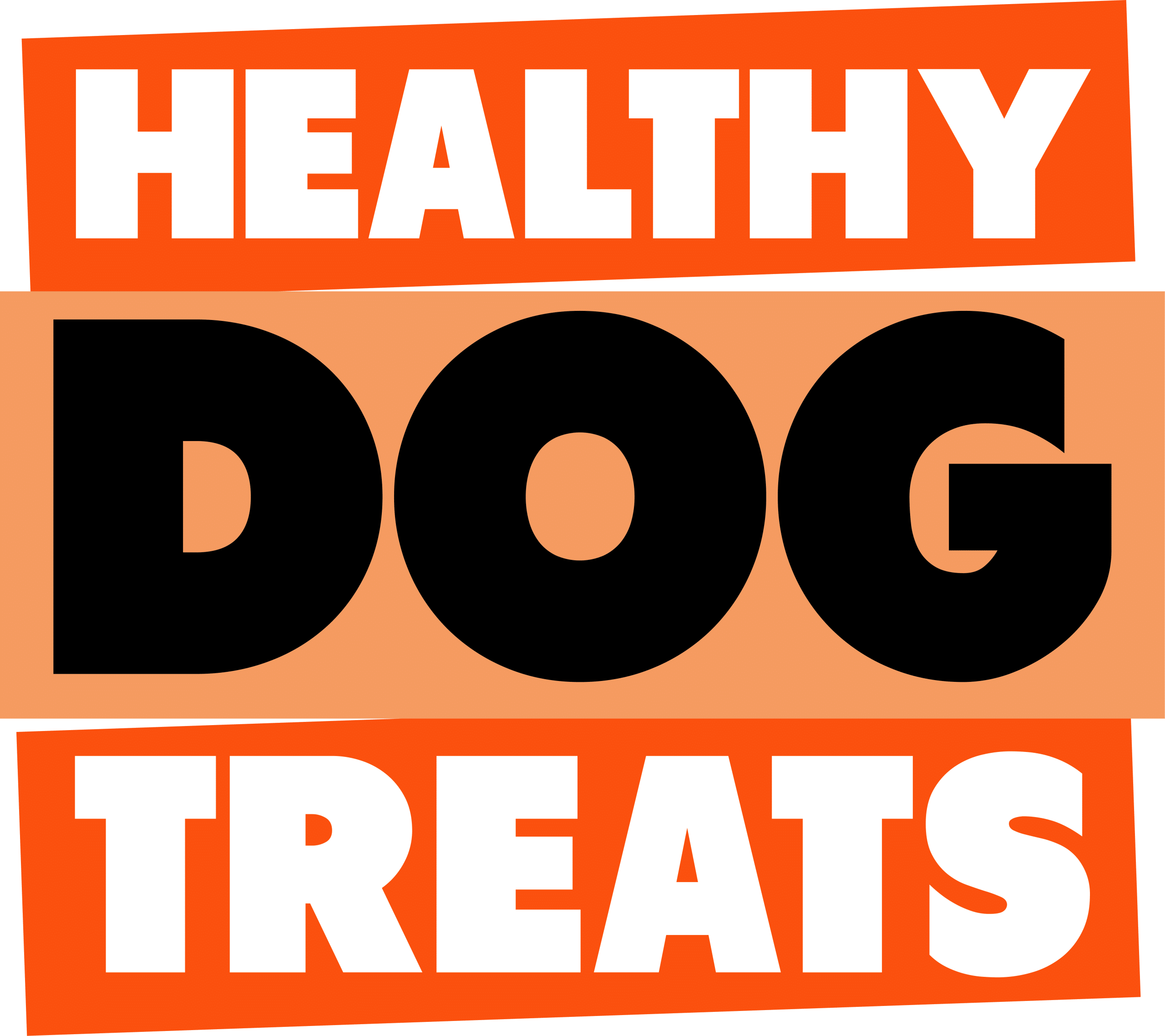Duck jerky dog treats Instructional – how to eat it! VIDEO


The reason you may like to try it with your dog is that it is a meat that it would not regularly get, which helps expand its body’s processing abilities of a new protein. While in raw form it is high in saturated fat, this is not an issue for dried duck such as in these treats.
Also you should note that saturated fats are an issue for humans, not dogs, who use proteins and fats as their main source of energy and do not suffer cholesterol problems like their owners.

Duck jerky is also good in that most dogs can eat it (small and old) as its in small sliver sizes. You will rarely find 40% meat in most dog foods or super market treats (unless it is pork or a bone type treat) let alone 97% meat like duck jerky (tiny amount of additives to keep the treat together).
Also one pound (287 g) of duck presents 66% percent of a humans daily requirements, so it is likely to also present a large part of your dogs protein needs too.
I would have thought that my dog (a spoodle/ cockapoo) may not have liked the taste of duck, as his poodle side tends to be a little bit choosy. However just like fresh cooked chicken he seems to love the duck jerky just as much, see video below for proof.
Specifics of duck jerky treats
As you will see in this video the duck jerky treats tend to come in fillets a little smaller than the chicken breast fillets. They also tend to be a little more pliable (as long as you reseal the packets).
An interesting point about duck is that it does have that more ‘gamey’ taste that some people either love or hate. I have found that my dog is more partial to chicken leg than a chicken breast, perhaps because the meat is often more brown and gamey in taste. Perhaps this is why he is so partial to duck jerky?
The table below may not represent exactly the breed of duck used for dog treats, however as a quick grab of the net, it gives you a good indication that duck indeed is a very complete source of nutrition for dogs – particularly when used in conjunction with other meats for their main meal, offal, and bones.
Nutrient content of 100 gram (3.53 oz.) edible portions of various parts of cooked Peking duck (not the exact duck used in these treats)
www.duckhealth.com/foodvalu.html
|
Nutrient |
Unit |
Lean meat only |
||
|
Whole |
Breast |
Leg |
||
|
Food energy |
kcal |
201 |
140 |
178 |
|
Fat |
g |
11 |
3 |
6 |
|
Protein |
g |
24 |
28 |
29 |
|
Calcium |
mg |
12 |
9 |
10 |
|
Iron |
mg |
2.7 |
4.5 |
2.3 |
|
Magnesium |
mg |
20 |
ND |
ND |
|
Phosphorus |
mg |
203 |
ND |
ND |
|
Potassium |
mg |
252 |
ND |
ND |
|
Sodium |
mg |
65 |
105 |
108 |
|
Zinc |
mg |
2.6 |
ND |
ND |
|
Copper |
mg |
0.23 |
ND |
ND |
|
Manganese |
mg |
0.02 |
ND |
ND |
|
Selenium |
mcg |
22 |
29 |
22 |
|
Thiamine |
mg |
0.26 |
ND |
ND |
|
Riboflavin |
mg |
0.47 |
ND |
ND |
|
Niacin |
mg |
5.1 |
10.4 |
5.3 |
|
Pantothenic acid |
mg |
1.5 |
ND |
ND |
|
Vitamin B6 |
mg |
0.25 |
ND |
ND |
|
Folic acid |
mcg |
10 |
ND |
ND |
|
Vitamin B12 |
mcg |
0.4 |
ND |
ND |
|
Vitamin A |
IU |
77 |
ND |
ND |
|
Vitamin E |
mg |
0.7 |
ND |
ND |
|
Vitamin C |
mg |
ND |
3.2 |
2.3 |
|
Linoleic acid |
g |
1.3 |
0.3 |
0.8 |
|
Satu. fatty acids |
g |
4.2 |
0.6 |
1.3 |
|
Mono-unsat. fatty a. |
g |
3.7 |
0.9 |
2.6 |
|
Poly-unsat. fatty a. |
g |
1.4 |
0.4 |
0.9 |
|
Cholesterol |
mg |
89 |
143 |
105 |
Duck nutrition summary: “Duck is an excellent source of high quality protein containing a well-balanced array of amino acids. Duck also contains generous amounts of iron, phosphorus, zinc, copper, selenium, thiamin, riboflavin, niacin, pantothenic acid, Vitamin B6, Vitamin B12, and lesser amounts of Potassium, Magnesium, Vitamin E, Vitamin A, Vitamin C and folic acid.”
Article by Bruce Dwyer. If you wish to use any of this information please refer to the article as a reference and provide a link to our WEBSITE.
If you would like to view the world of a dog walker and get healthy dog treat specials then please LIKE HDT on Facebook


